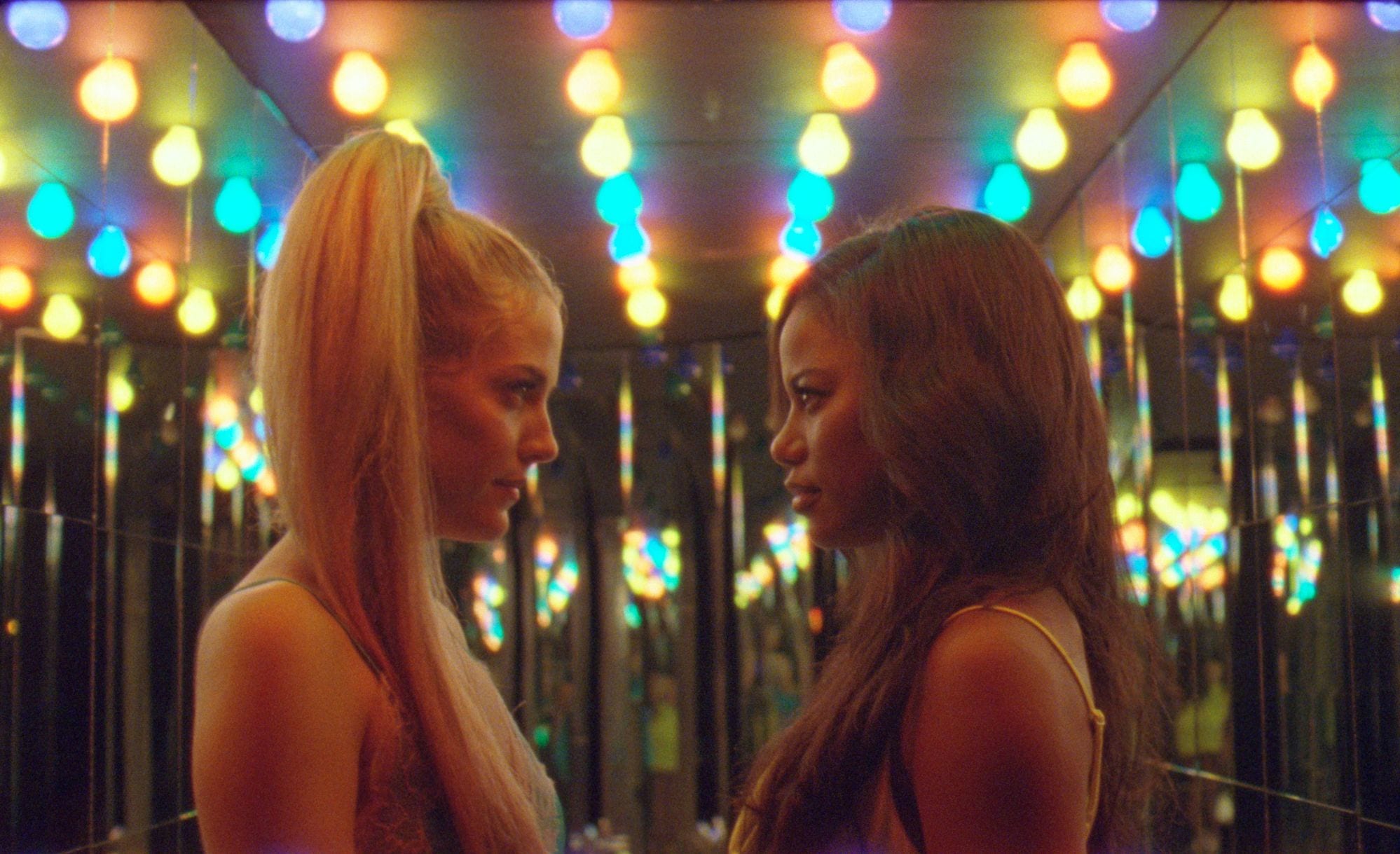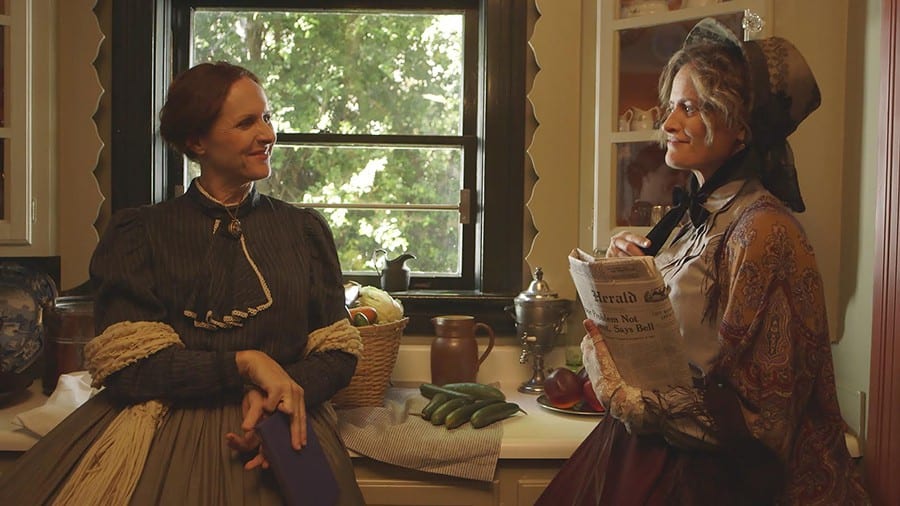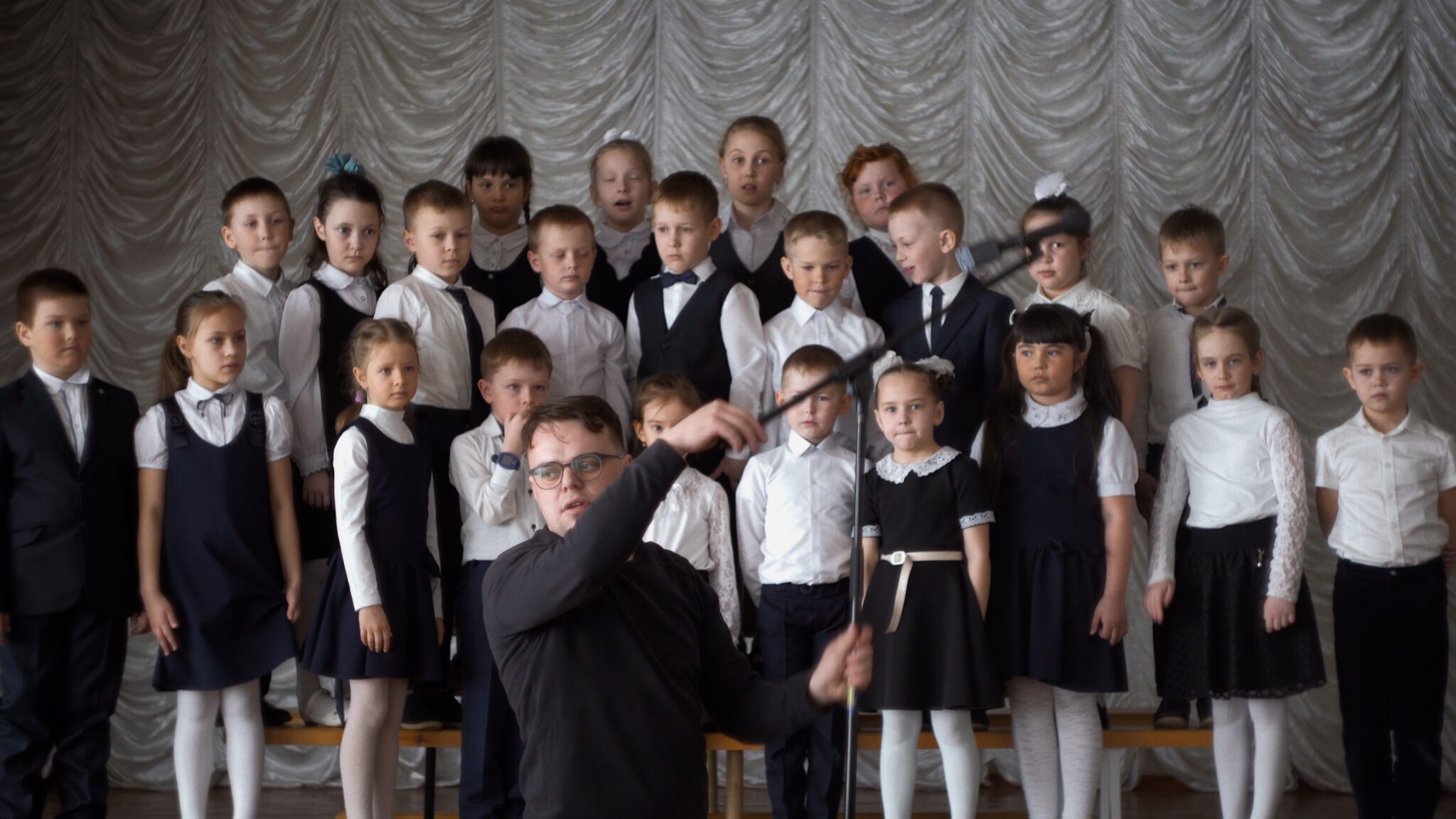
In an Instagram world, have we come to take the ‘image’ for granted?
Built in 1561, the Uffizi Gallery contains one of the world?s largest collections of Renaissance art and is filled with millions of visitors each year. Now, in the new documentary Inside the Uffizi, the viewer is treated to a behind-the-scenes look at the famed museum and the incredibly difficult task of conserving, renewing and presenting classic works of art in their proper light and context.
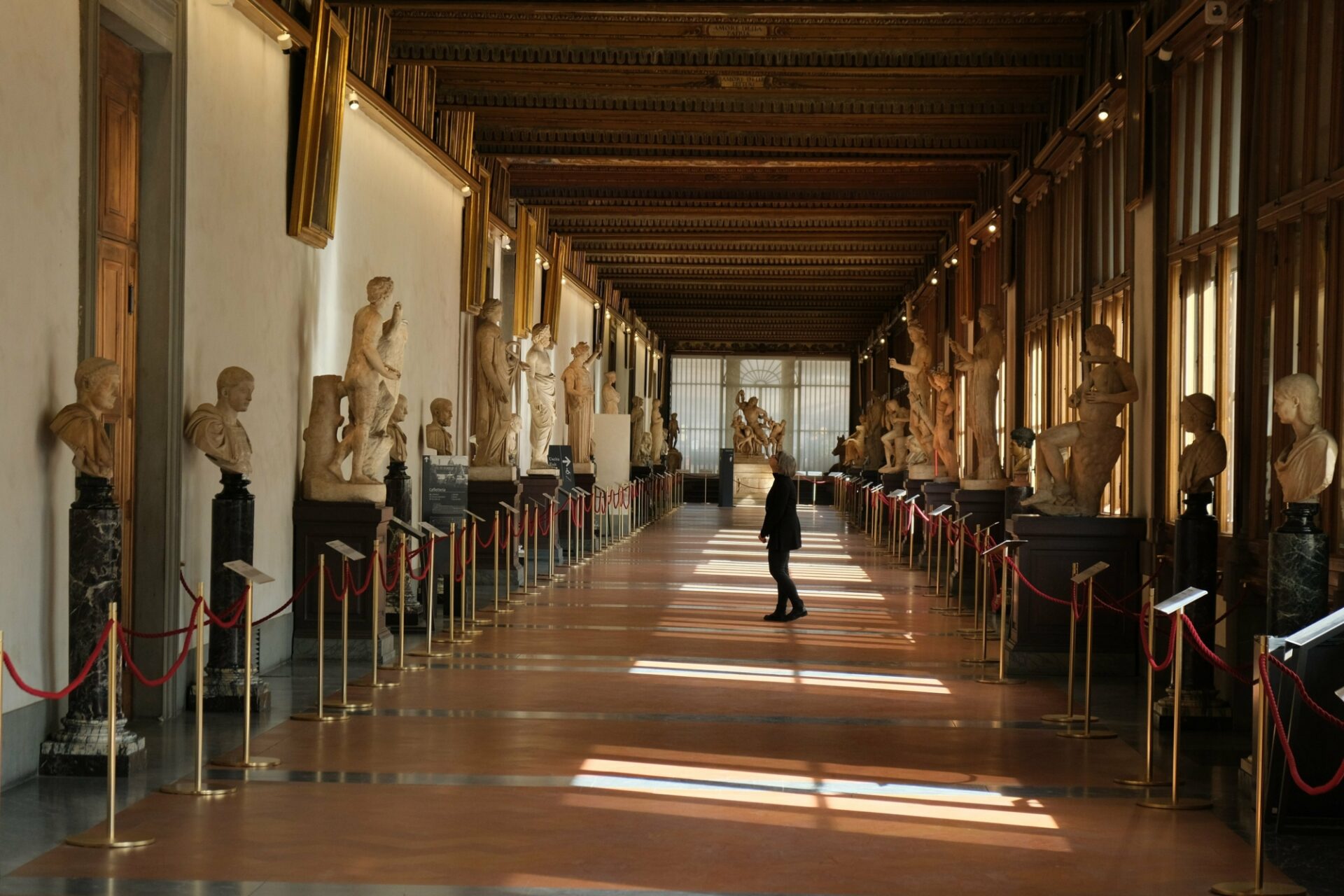
Directed by Enrique Sanchez Lansch and Corinna Belz, Inside the Uffizi is an intimate look at the stunning pieces that line the halls of the famed Italian gallery. However, rather than dazzle the viewer with frenetic pacing or the intensity of drama, Belz and Lansch intentionally slow the film down with close-ups of the paintings amongst the Uffizi collection. As a result, with long takes that emphasize every detail of each piece, Belz and Lansch plead with the viewer to breath in every curve, stain and artistic idea.
Admittedly, this decision is almost jarring at first. (After all, in a frenetic world, how often do we truly pause to reflect upon beauty?) Even so, the directors are relentless in their approach. Like the artisans that work in the Uffizi, Lansch and Belz want the art to take centre stage. Yes, the role of the staff are essential (as we see throughout the film) but they understand that the art is what takes priority and that requires attention to detail.

Interestingly, this inability to reflect also becomes one of the greatest complaints amongst the staff of the Uffizi. With Instagram on their minds, guests speed through the museum, merely glancing at what?s before them. Their insistence on taking in everything as quickly as possible reveals a lack of appreciation for the complexity of the art before their eyes. (?All they care about is taking pictures on their phones,? one staffer insists.)
However, as the film progresses, it becomes a sort of engrossing rhythm that draws the viewer in to help them appreciate the details of what?s before them. Uffizi?s slow-down mentality reveal the incredible attention to detail that it requires to properly display these incredible pieces. Arguments ensue over the nature of lighting and windows. Paint colours that are not exactly the right tint requires the process to begin again. At every possible opportunity, curators and preservationists at the Uffizi fight to present these pieces in their proper glory.
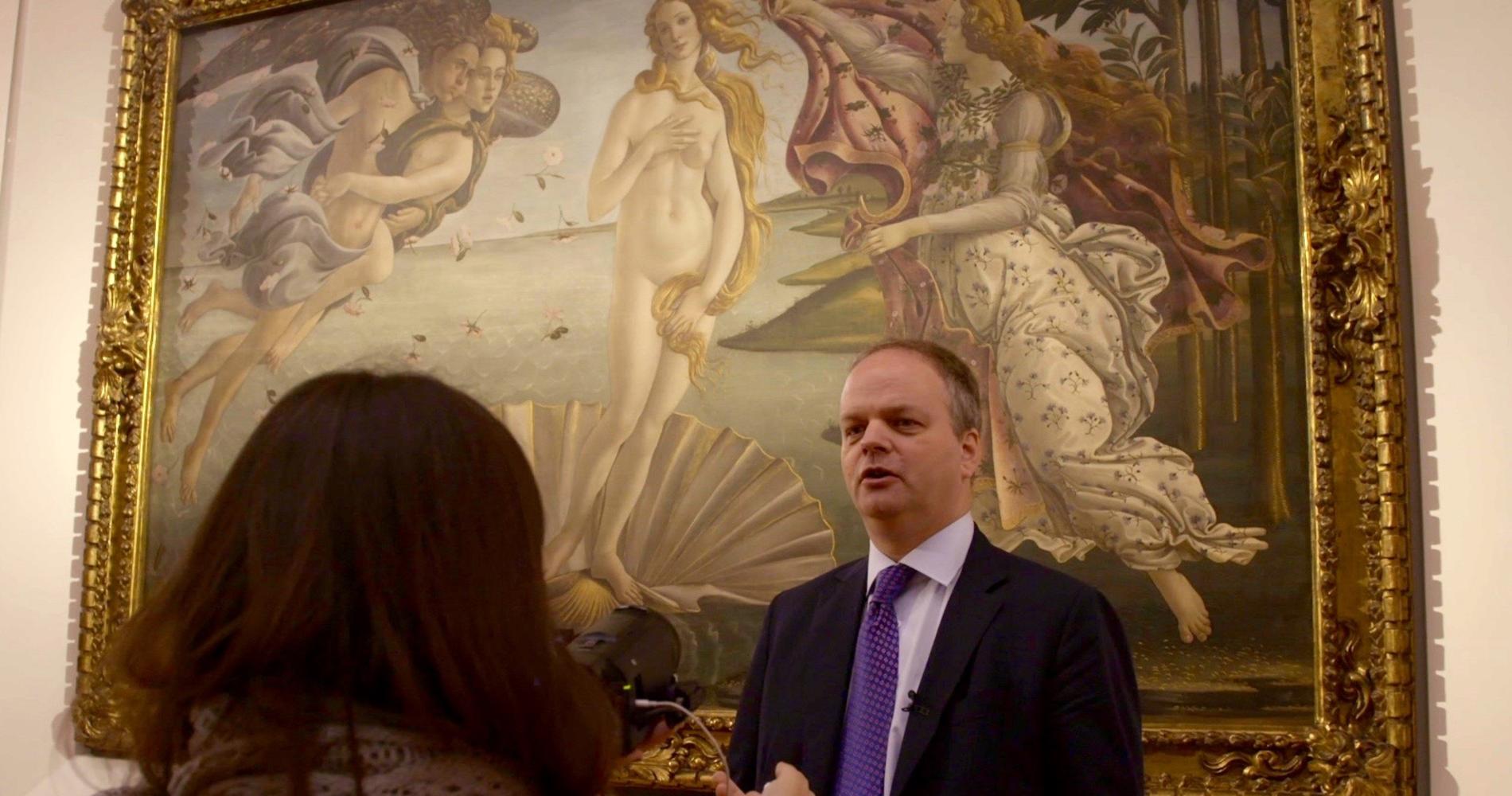
Incidentally, one of the most fascinating aspects of the film is its emphasis on light. Light breaking through the windows at the right time in the right way is examined to determine the proper way to view these pieces. They understand that even the slightest deviation away from perfection can cause a great work of art to appear ordinary. (At one point, they even argue this certain statue is ?unhappy? if shown in the incorrect manner.)
But why do so with such intensity? Can the casual viewer actually tell the difference in presentation? Curators of the Uffizi certainly believe so. To them, however, what is most important about these pieces are not merely the pretty paintings themselves but the story behind them. In one particularly lighthearted moment, a child suggest that the museum is a place where they keep ?old things?. Without missing a beat, the tour guide handles this comment with care and points out that these ?old things? are not nearly valuable due to their age but because they shine a light on the story of humanity. Anchored by this belief, each staffer at the Uffizi understands that their role is to present windows into history and works tirelessly to do so with the utmost of accuracy.

As such, there?s a seriousness about Inside the Uffizi that recognizes the importance of our story. Although the film will have its detractors for being ?slow?, the decision forces the viewer to engage the moment with intentionality. In doing so, Uffizi does exactly what the gallery most desperately wants to accomplish.
It lets the art do all the talking.
Inside the Uffizi is available on VOD on Friday, April 15th, 2022.

